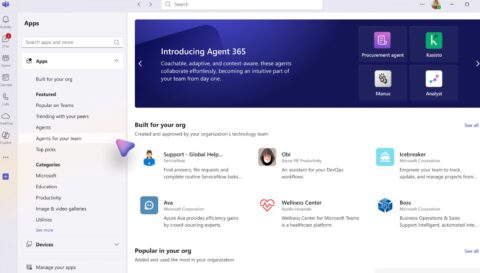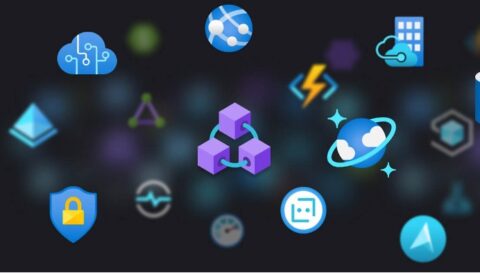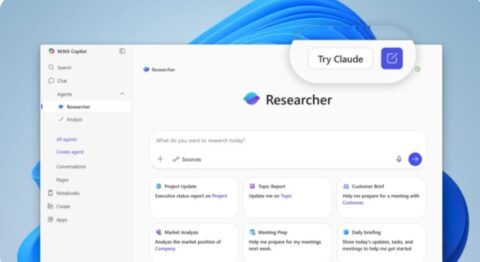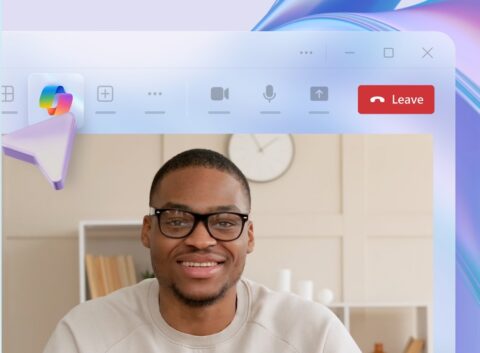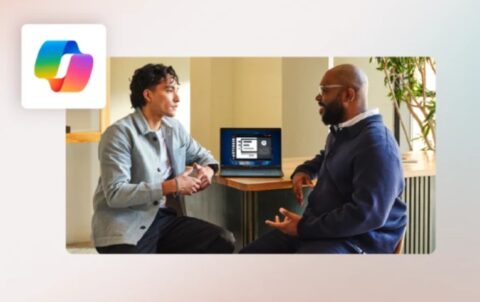Updated: April 8, 2024 (December 8, 2023)
BlogIs Dynamics 365 Multiplexing Really That Restrictive?

We’re kicking off a new feature on our blog that we’re calling “Answer This.” We’ll be posting some of the many customer questions about Microsoft enterprise technology and licensing that we receive here at Directions on Microsoft, along with our analysts’ answers. If you want a chance to have one of your enterprise questions answered, fill out this form and we might tackle your query next.
Our second “Answer This” post pertains to Dynamics 365 licensing, particularly when multiplexing is involved. Customers often walk away from Dynamics because there are no reasonable solutions when it comes to licensing for multiplexing. The pricey reality, as Oprah might say: “You need a license; you need a license; everyone needs a license!”
Customer Question
We have a number of scenarios where we are wondering whether we need Dynamics 365 licenses. Several of these scenarios involve multiplexing. Is there a simple explanation as to when we do and don’t need some kind of Dynamics license for these scenarios?
Back Story
Multiplexing is how Microsoft makes sure that everyone pays to see the data. Their definition is that when internal users and devices use hardware or software to pool connections, reroute or indirectly access information, and/or reduce the number of devices or users that directly access a product, they are multiplexing.
In the Dynamics 365 ERP/CRM world, in particular, multiplexing is a big issue and comes into play when users are integrating their Dynamics data with other (often third-party and/or line-of-business applications). It is not uncommon for customers to use a Dynamics 365 CRM or ERP solution and want to feed that data into another company system. Like using the Dynamics 365 Sales application and feed new customer information and orders into an SAP or Oracle ERP solution.
In this case, the customer asked about using an automated process to export data from the Dynamics 365 Finance application to a third-party app they used for financial consolidation and reporting. They also asked about transferring the data into Azure Data Lake where they want to transform the Dynamics 365 data and feed it into a data warehouse for reporting and archive.
In both of these cases, the answer was pretty clear. Anyone who sees the Dynamics 365 data in the financial consolidation app (or reports generated from it) or in the Data Lake or Warehouse (or any reports generated from it) requires at least a Dynamics 365 Team Member license. It does not matter how many layers or systems the data goes through.
The Dynamics 365 multiplexing rules state that any time an automated process (called a pooling device in Dynamics licensing) electronically copies Dynamics 365 data to another location, anyone who sees that data still requires a Dynamics 365 license, regardless of how many systems it goes through and how it is transformed.
The only time multiplexing is not an issue is if the data is copied manually, which defeats the goal of “digital transformation.”
Don’t Forget
Multiplexing does not reduce the number of licenses a customer needs.
Customers who try to reduce the number of licenses for devices or users they need simply because the data they’re sending automatically to another location doesn’t come back to Dynamics are not compliant with Microsoft’s licensing terms. And because so many different systems are integrated with Dynamics, it’s often near impossible to figure out where a piece of data came from originally.
Our Recommendations
Don’t try to reduce required subscription licenses just because some users and devices are indirectly or automatically accessing Dynamics 365 data. Even if that data is read-only, users still need a Team Member license.
Power Apps Premium licenses are more expensive than Team Member licenses, but they are a less expensive alternative to full user Dynamics 365 licenses. Consider them when the following conditions apply:
- Your users are only going to access Dynamics data through custom Power App applications.
- The custom applications are being used to read and update Dynamics 365 data that is considered “non-restricted”, which is most of Dynamics data.
- Your organization plans to use Power Apps for other custom applications.
Related Resources
Microsoft’s Dynamics 365 Licensing Guide
Microsoft 365: When to Upgrade to a Full Power Platform Plan (Directions Members only)
Submit your own enterprise tech/licensing question to Directions on Microsoft here


